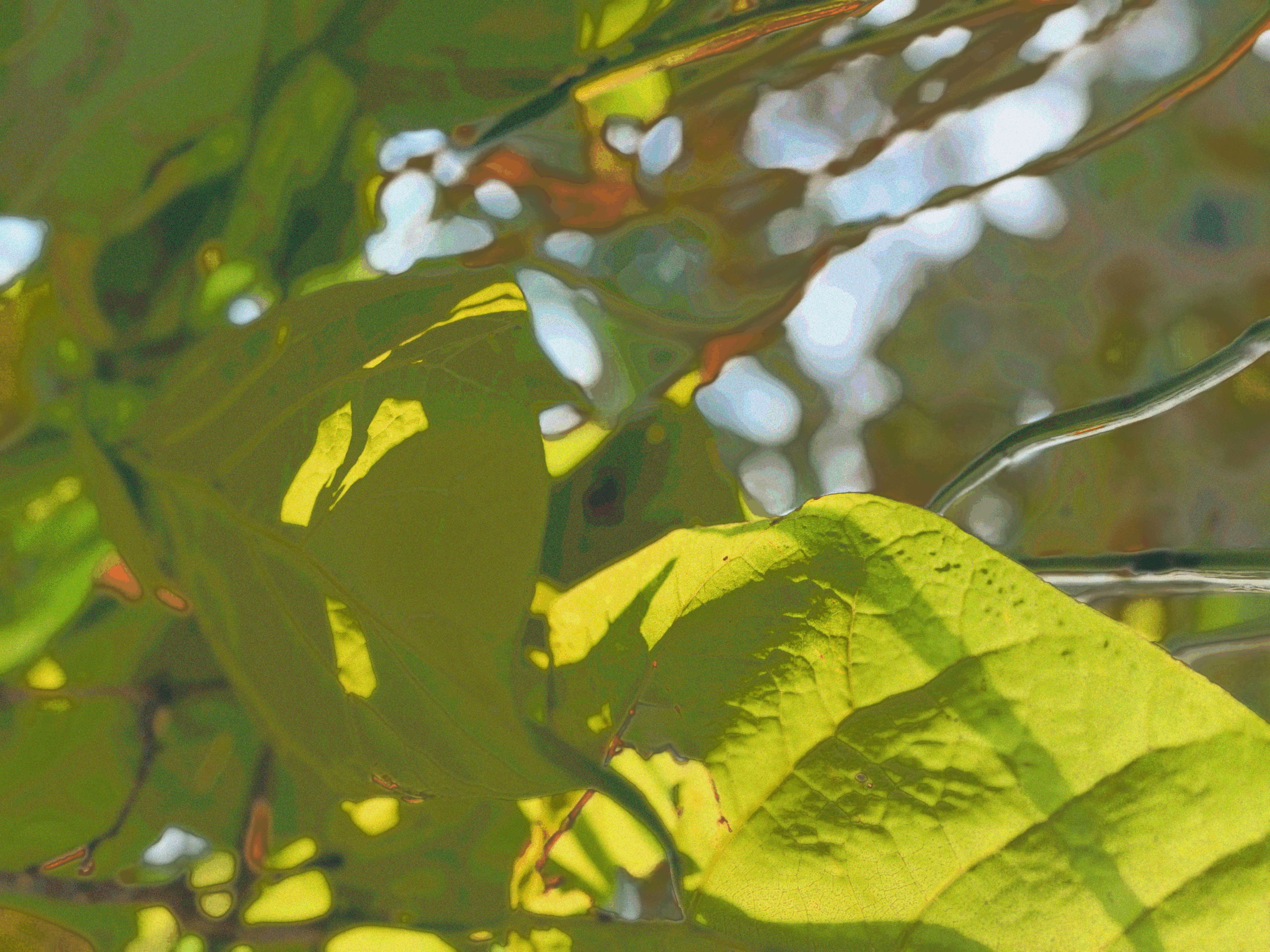
“Let the Forest Flow for Its Forestness”
Extending the Language of Rights to the More-than-Human World
Explore how giving voice to forests, rivers, and skies can reshape our relationship with the more-than-human world.
By Willow Gatewood
Sign up for our monthly newsletter!
This spring, I found myself unexpectedly at the MOTH — More-Than-Human — Festival of Ideas. Part academic conference, part artistic gathering through poetry, music, and visual art, the festival transformed NYU School of Law’s campus into a space where scholars of Earth Rights, Indigenous leaders, artists, and environmental advocates converged.
I slipped into a small amphitheater mid-session, still unsure of what I’d walked into, when someone pressed a translation headset into my hand. Poet Fátima Vélez walked on stage and began to speak—not in a Spanish I immediately recognized, but in a lilting dialect rich with cadence and warmth. The translator echoed her, but I was so captivated by the passion and texture of her voice that for a moment I forgot to listen to the words. Then, I caught a phrase that stopped me:
“…let the forest flow for its forestness…”
I felt it in my gut before I understood it. Vélez repeated the line, and its meaning bloomed.
The forest does not need to justify its existence. Its continued life and health are intrinsic, as inherent as our own right to live.
We accept that human rights are universal because we exist. Yet our survival depends on the biodiversity and health of ecosystems—on clean air, fertile soil, and fresh water. Within the UN Global Biodiversity Framework, there are calls to weave human rights more deeply into environmental policy, strengthening accountability and practical pathways for action. But the question lingers: Why should rights belong only to us? What of forests, rivers, mountains?
“If the forest is alive—if the animals, the plants, the fungi, the river, the air, and the rocks are all animate beings—then we must learn to hear their voices.”
In conservation, we often turn to laws for protection because when something is codified, it gains enforceable power and a place in our collective consciousness as something worthy of protection. Rights are a language at the root of law. They give voice. Extending this language to the more-than-human world embeds other species, ecosystems, and even landscapes into the legal frameworks we already understand. It gives them a standing in court—and, symbolically, a place at the table of justice.
The modern More-Than-Human Rights movement emerged from the rainforests of the Ecuadorian Amazon but is deeply rooted in ancient Indigenous wisdom. The Sarayaku people fought for decades against oil drilling in the Los Cedros cloud forest, home to thousands of plant, animal, and fungal species. Los Cedros, one of the last intact forests at the meeting point of the Andes and Chocó regions, holds extraordinary biodiversity found nowhere else on Earth.
In 2008, Ecuador became the first country to enshrine the Rights of Nature in its constitution. A landmark case later determined that granting mining concessions in Los Cedros violated not only the rights of local communities to clean water and a healthy environment, but also the rights of the forest itself. As Earth rights scholar and MOTH founder César Rodríguez-Garavito writes in Emergence, the court recognized the forest’s right to exist, regenerate, and flourish—not merely for its usefulness to humans, but because it is alive.
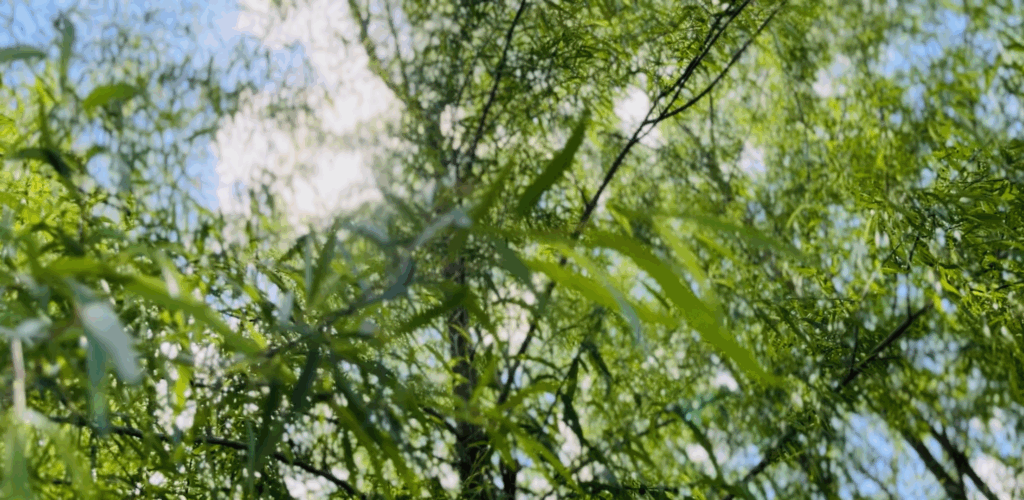
Ecuador’s precedent inspired a wave of legal innovation. Bolivia followed with the Law of Mother Earth, granting legal personhood to ecosystems. Rivers have since gained rights in New Zealand, India, Colombia, and the United States (most recently, the Snohomish River and Watershed in Washington State). In 2024, the city of Linhares, Brazil, extended these protections to the ocean—conferring rights to the waves at the mouth of the Doce River.
These movements, often led by organizations like the Global Alliance for the Rights of Nature (GARN), the Community Environmental Legal Defense Fund (CELDF), and the Earth Law Center, are guided by Indigenous perspectives in which life and rights are inseparable.
At the MOTH Festival of Ideas, I listened to Sarayaku political leader José Gualinga speak about Pachamama (Mother Earth) and Kawsak Sacha—the Living Forest. The declaration, he explained, is not just a legal instrument but a worldview: if the forest is alive—if its animals, plants, fungi, rivers, air, and even rocks are animate beings—then their voices and spirits must be heard.
For the Sarayaku, there is no separation between humans and the rest of life. Rocks, rivers, and clouds are kin, not resources. Rights, in this sense, are not a human invention but a recognition of a preexisting truth. Legal frameworks simply translate that truth into the language our societies can act upon.
The term more-than-human rights, popularized by author and ecophilosopher David Abram, reframes the conversation. Unlike “non-human rights” or “Rights of Nature,” it places humanity within the biosphere, not apart from it. It acknowledges that our well-being is inseparable from that of the forests, rivers, fungi, and skies we live among.
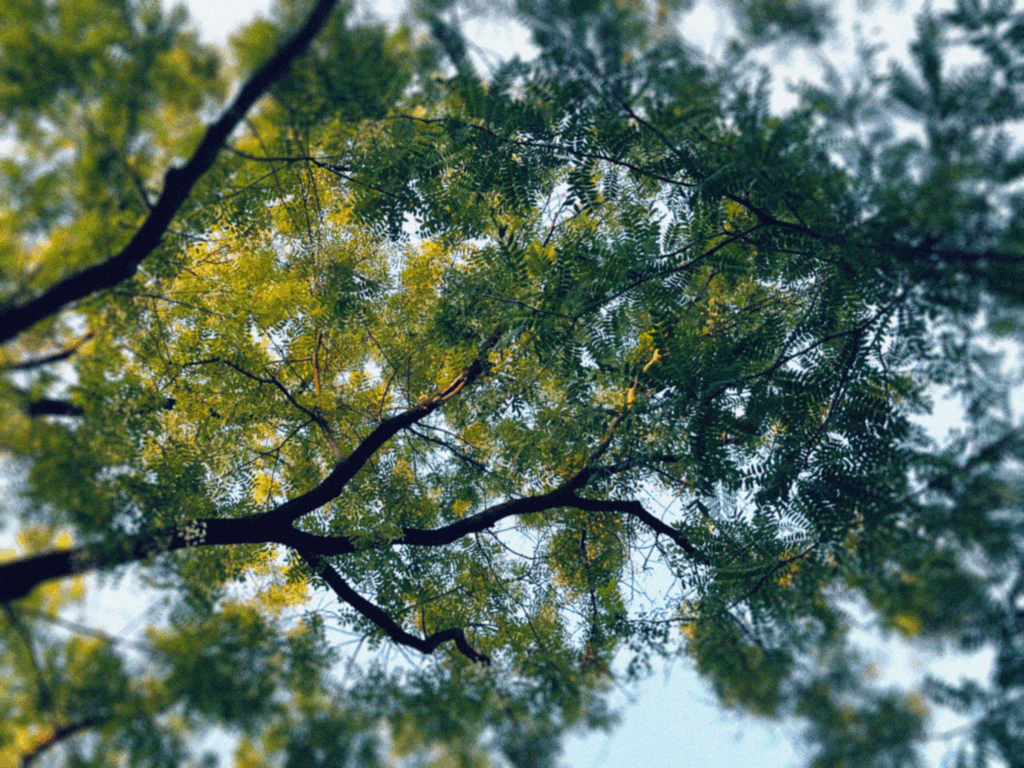
Activists are expanding this framework in creative ways. Mycologist Giuliana Furci of Fundación Fungi works to ensure that “funga” (fungal life) is explicitly recognized alongside flora and fauna in constitutional language. In Song of the Cedars, musician Cosmo Sheldrake, writer Robert Macfarlane, and Furci co-created a composition in Los Cedros using field recordings from the forest itself—giving the ecosystem authorship and creative credit as a co-composer. More-than-human rights are about legal protection, yes—but also about reweaving our relationship with the living world. They are a call to preserve the memories of childhood forests, the rivers we swam in before pollution made them unsafe, the scent of rain on humus-rich soil—the ground from which our bodies are made.
“More-than-human rights are not just about protection—they are about remembering we are nature.”
As the festival drew to a close, Song of the Cedars played softly through the auditorium. Attendees filed out quietly, as if carrying something delicate. The music lingered in the air like a promise — or a reminder.
Trees, speak in your leaves, please
And streams, tell me your dreams
(Fluye río)
Trees, speak in your leaves, please
And streams, tell me your dreams
(Baja río)…
The work ahead is not only to write rights into law but to remember how to hear the voices of our home.
Learn more or get involved: mothrights.org
Willow Gatewood is an environmental scientist, interdisciplinary artist, storyteller, and biophile. She makes music in the forest with field recordings, plants, and fungi. Find them on Instagram @willowg_music.
References:
Why Rights and Biodiversity Are Interdependent – The Raoul Wallenberg Institute of Human Rights and Humanitarian Law. (2020, October 22). The Raoul Wallenberg Institute of Human Rights and Humanitarian Law. https://rwi.lu.se/blog/rights-and-biodiversity /
Convention on Biological Diversity. (2022, December 19). Kunming-Montreal Global Biodiversity Framework. UNEP – UN Environment Programme. https://www.unep.org/resources/kunming-montreal-global-biodiversity-framework
Warner, B. (2024, June 17). This Ecuadorian Forest Thrived amid Deforestation after Being Granted Legal Rights. BBC. https://www.bbc.com/future/article/20240614-how-los-cedros-forest-in-ecuador-was-granted-legal-personhood
MOTH: Pushing the Boundaries of Legal Imagination – César Rodríguez-Garavito. (2024, March 6). Emergence Magazine. https://emergencemagazine.org/op_ed/more-than-human-rights/
GARN. https://www.garn.org/about-garn/
Timeline. Earth Law Center. https://www.earthlawcenter.org/timeline
In a First, Brazilian City Grants Legal Rights to Waves. (2024). Yale E360. https://e360.yale.edu/digest/brazil-coast-dolce-river-legal-personhood
Kawsak Sacha. (2018). Kawsak Sacha. https://www.kawsaksacha.sarayaku.org/#for-all
David Abram. https://www.davidabram.org/
Christensen, E. L. (2024). City in Washington Votes to Grant Local River Legally Enforceable Right to Exist. Natlawreview.com; National Law Review. https://natlawreview.com/article/city-washington-votes-grant-local-river-legally-enforceable-right-exist
Fungi Foundation. https://www.ffungi.org/
Los Cedros Cloud Forest, Cosmo Sheldrake & Robert Macfarlane – Song Of The Cedars Lyrics (2025). Azlyrics.com. https://www.azlyrics.com/lyrics/cosmosheldrake/songofthecedars.html
Plantings
Issue 51 – September 2025
Also in this issue:
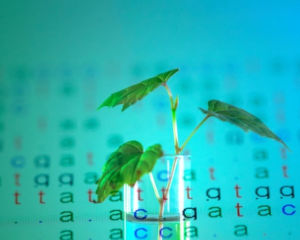
De-Extinction vs. Conservation: Why Saving Plants Today Matters Most
By Gayil Nalls

Natural Processes Restored at Derrynane: Could this be Ireland’s first rewilded woodland?
By Vincent Hyland
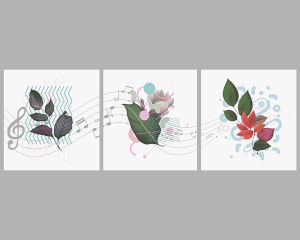
If Oaks and Orchids Could Talk
By Vittoria Traverso
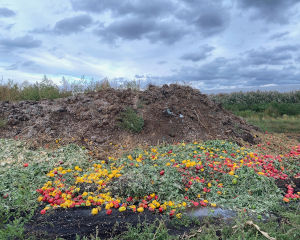
Enrich Your Soil — Enrich Your Life
By Gayil Nalls
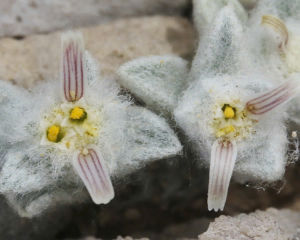
What Can We Learn from the Woolly Devil
By Liz Lindqwister

Eat More Plants Recipes:
Crab Apple Jelly
By Mo Stafford
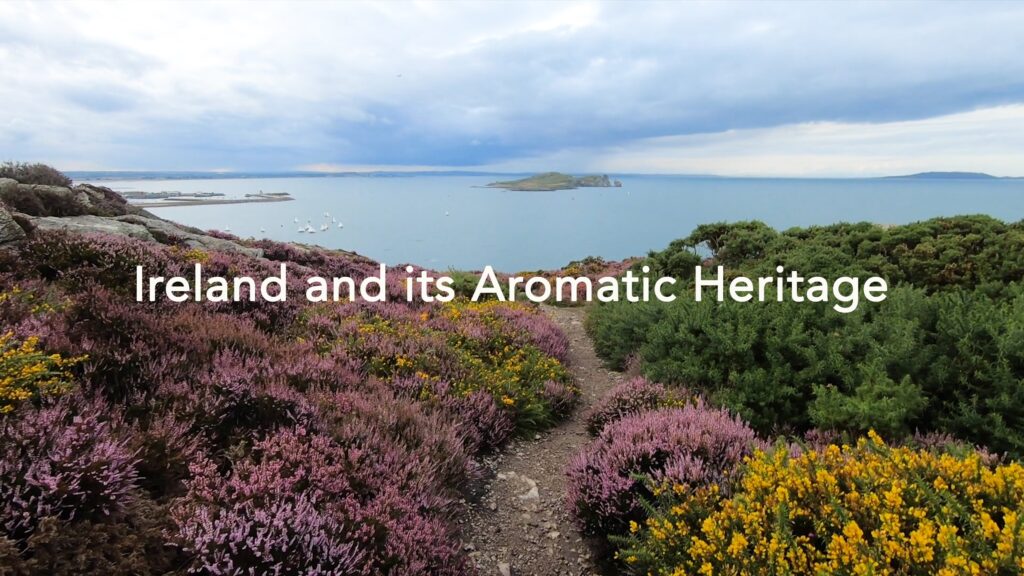
As Ireland transitions from the rich, smoky scent of peat-burning to a more sustainable future, its olfactory heritage is evolving. What will become the next iconic aromatic symbol of Ireland?
Click to watch the documentary trailer.

